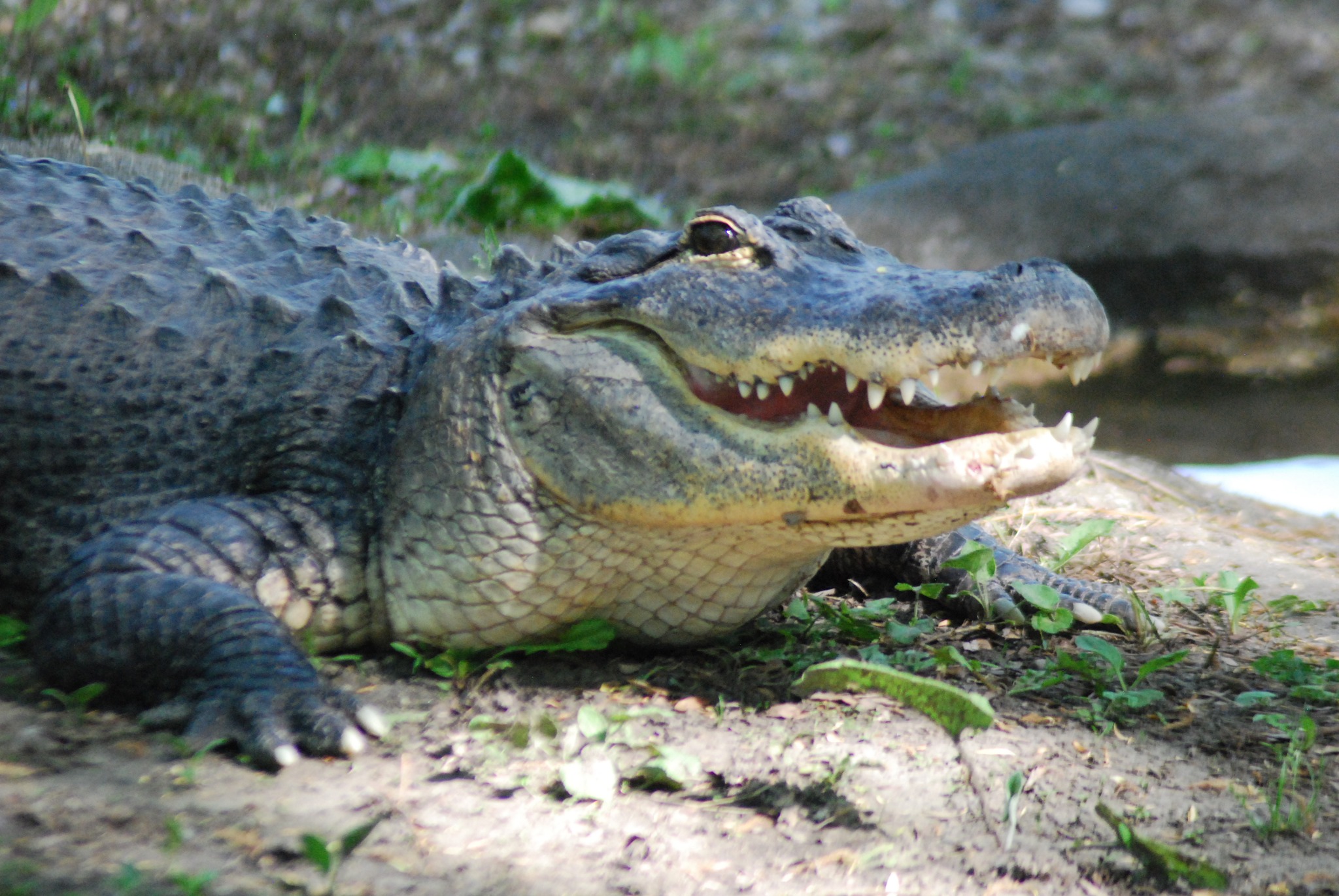- Introduction to Tails & Scales Event
- Importance of Reptiles in the Ecosystem
- The Fascinating World of Snakes
- The Vital Role of Lizards
- Educational Activities for Visitors at the Zoo
Join us this Saturday from 11AM-2 PM for Tails & Scales! From stealthy snakes to lively lizards, we’re slithering to the heart of our local ecosystem to discover how these critters help keep our world in balance! This event aims to spotlight the essential roles of these often misunderstood animals and how they contribute to a healthy environment.
Importance of Reptiles in the Ecosystem
Reptiles, encompassing snakes, lizards, turtles, and crocodiles, have thrived for millions of years. These typically ectothermic creatures regulate their body temperature using external heat sources. Their varied diets and behaviors make them crucial to the ecosystem. Reptiles are predators and prey, maintaining the delicate balance necessary for a functioning food web.
Many reptile species control pest populations. Snakes, for instance, prey on rodents, which can significantly impact agricultural regions and human health by spreading diseases. Lizards often consume insects, reducing the population of pest species that can decimate crops.
Moreover, reptiles participate in nutrient cycling. By breaking down organic matter and contributing to soil fertility, they enable plant growth and support entire ecosystems. Conservation of these species ensures the stability and health of various habitats.
The Fascinating World of Snakes
Snakes are among the most intriguing reptiles, with over 3,000 species found worldwide. They exhibit extraordinary adaptability, occupying diverse habitats from deserts to tropical forests. Their limbless bodies enable them to move silently and efficiently, making them effective hunters.
Despite their fearsome reputation, snakes are vital for ecological balance. Many species are top predators in their environments, regulating populations of small mammals, birds, and even other reptiles. For instance, the Eastern Indigo Snake, a native of the southeastern United States, preys on venomous snakes like rattlesnakes to maintain population control.
Additionally, snake venom has medical applications, including treatments for blood pressure, heart attacks, and strokes. Researchers continue to explore the potential of snake venom in developing treatments for various diseases.
Understanding snake behavior and anatomy also provides insights into evolutionary biology. Their unique skeletal structure and locomotion mechanisms have been the subject of extensive study, contributing to our overall knowledge of vertebrate evolution.
The Vital Role of Lizards
Lizards, another essential group of reptiles, display remarkable diversity, with around 6,000 species globally. They inhabit various environments, from rainforests to arid deserts, showcasing an incredible range of adaptations.
Lizards are integral to their ecosystems. Many are insectivores, keeping insect populations in check. This role is vital for preventing crop damage and controlling vectors of diseases such as malaria. The Green Anole, common in the southeastern United States, consumes various insects, contributing to pest control in urban and agricultural areas.
Herbivorous lizards, like iguanas, influence plant composition and structure in their habitats. By feeding on specific plants, they manage vegetation growth, preventing the overpopulation of certain plant species. This balance supports biodiversity and the overall health of the ecosystem.
Lizards also serve as prey for larger predators. Their presence indicates a healthy ecosystem, as they form part of the diet of birds, mammals, and even other reptiles.
Educational Activities for Visitors at the Zoo
The Tails & Scales event at the zoo will feature various educational activities tailored to all age groups. These activities are designed to provide an immersive learning experience, encouraging visitors to engage with and learn about these incredible reptiles.
Interactive exhibits will allow visitors to get up close with live reptiles, under the guidance of trained zookeepers. These sessions will demystify common misconceptions about snakes and lizards, highlighting their positive roles in the ecosystem.
Educational talks and demonstrations will cover topics such as reptile behavior, anatomy, and conservation. Experts will provide insights into the challenges faced by these animals in the wild, including habitat destruction, climate change, and human encroachment. Discussions will emphasize the importance of conservation efforts and how individuals can contribute to protecting these species.
Hands-on activities for children will include reptile-themed crafts, scavenger hunts, and educational games. These activities are designed to foster curiosity and respect for wildlife from a young age and instill a sense of stewardship for nature.
Informative displays and panels throughout the zoo will provide additional context on reptile diversity, adaptations, and ecological roles. These displays will be rich in visuals and facts, ensuring visitors leave with a deeper understanding and appreciation of these fascinating creatures.
Join us this Saturday from 11 AM-2 PM for Tails & Scales! This event not only celebrates the significance of reptiles in our ecosystem but also educates the public on the necessity of their conservation. Visiting the zoo and participating in these activities offer a unique opportunity to learn about and support our scaly friends.
*****
Source Description
Join us this Saturday from 11AM-2PM for Tails & Scales! From stealthy snakes to lively lizards, we’re slithering our way to the heart of our local ecosystem to discover the amazing ways these critters help keep our world in balance!
Visit the Zoo for educational activities and learn more about are scaly friends! 💚🦎🐊


